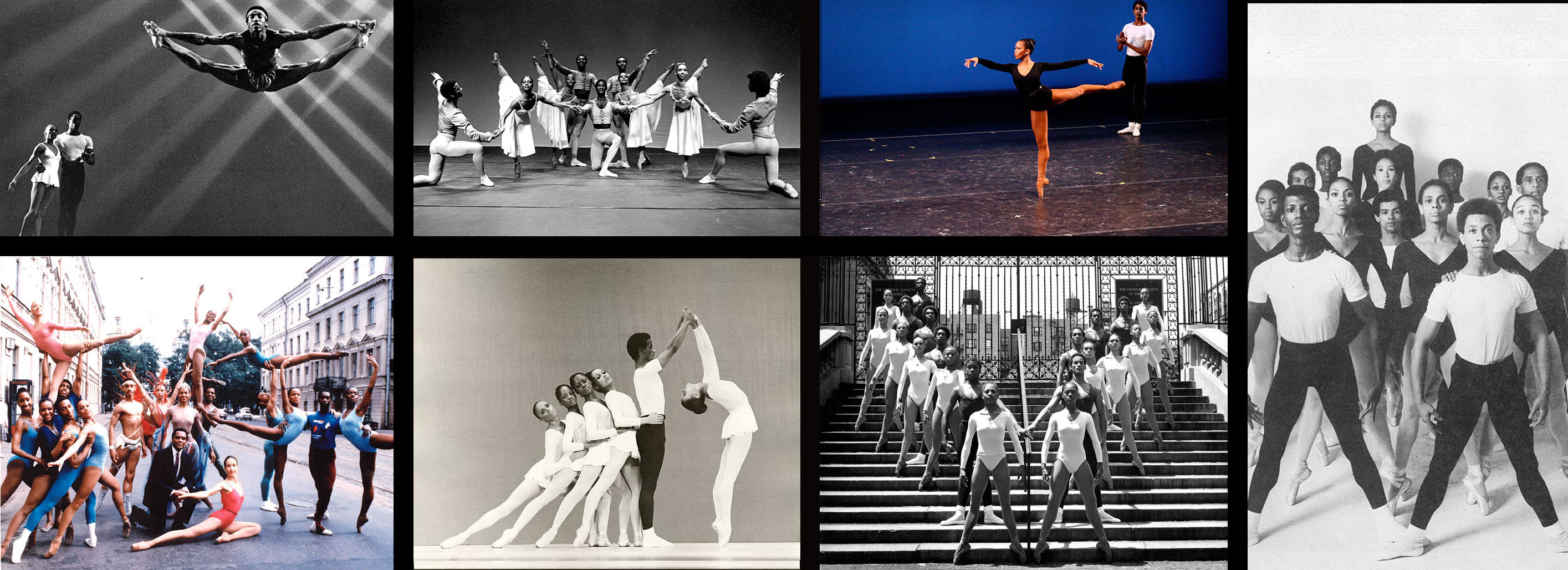Donor Spotlight
Alan George
In October 2010, at the age of 14, I had the privilege of witnessing the mesmerizing artistry of the Dance Theatre of Harlem Ensemble for the very first time. It was a pivotal moment in my life, marking my introduction to the world of ballet and igniting a passion that continues to burn brightly to this day.
The occasion was made possible by the “Dancing Through Barriers” program, which graced the halls of my high school with the magic of dance. Accompanying this enlightening experience was an exhibition titled “Harlem? Harlem! The Dance Theatre of Harlem 1969-2010,” a poignant celebration of DTH’s rich history. Under the guidance of my inspirational dance teacher, Julie McGough, I eagerly awaited the opportunity to witness the company’s performance at the Linda Kelly Theater.
As I sat in the audience, spellbound by the grace and precision of dancers, which are in the current company Ingrid Silva and Stephanie Rae Williams, I was profoundly moved by Arthur Mitchell’s vision of making ballet accessible to all. His mission resonated deeply with me, instilling a sense of belonging and hope for the future.
Throughout my undergraduate years, during moments of personal struggle, the sight of a DTH poster at City Center served as a beacon of solace. Attending their performances became a source of healing, as I immersed myself in the transcendent beauty of their artistry.
Dance Theatre of Harlem is more than just a dance company; it is a cultural institution that has left an indelible mark on my life and countless others. Their commitment to education, outreach, and social change is unparalleled, providing invaluable opportunities for young artists, especially those from underserved communities.
Today, as I reflect on the profound impact DTH has had on my life, I am compelled to support their noble mission. By investing in DTH, I am not only ensuring the continuation of their exceptional artistic legacy but also contributing to the empowerment of future generations.
In a world where the arts are more vital than ever, Dance Theatre of Harlem stands as a beacon of light, illuminating our collective journey with the transformative power of dance. It is an honor and a privilege to stand in solidarity with such a remarkable institution, and I am proud to offer my unwavering support.


